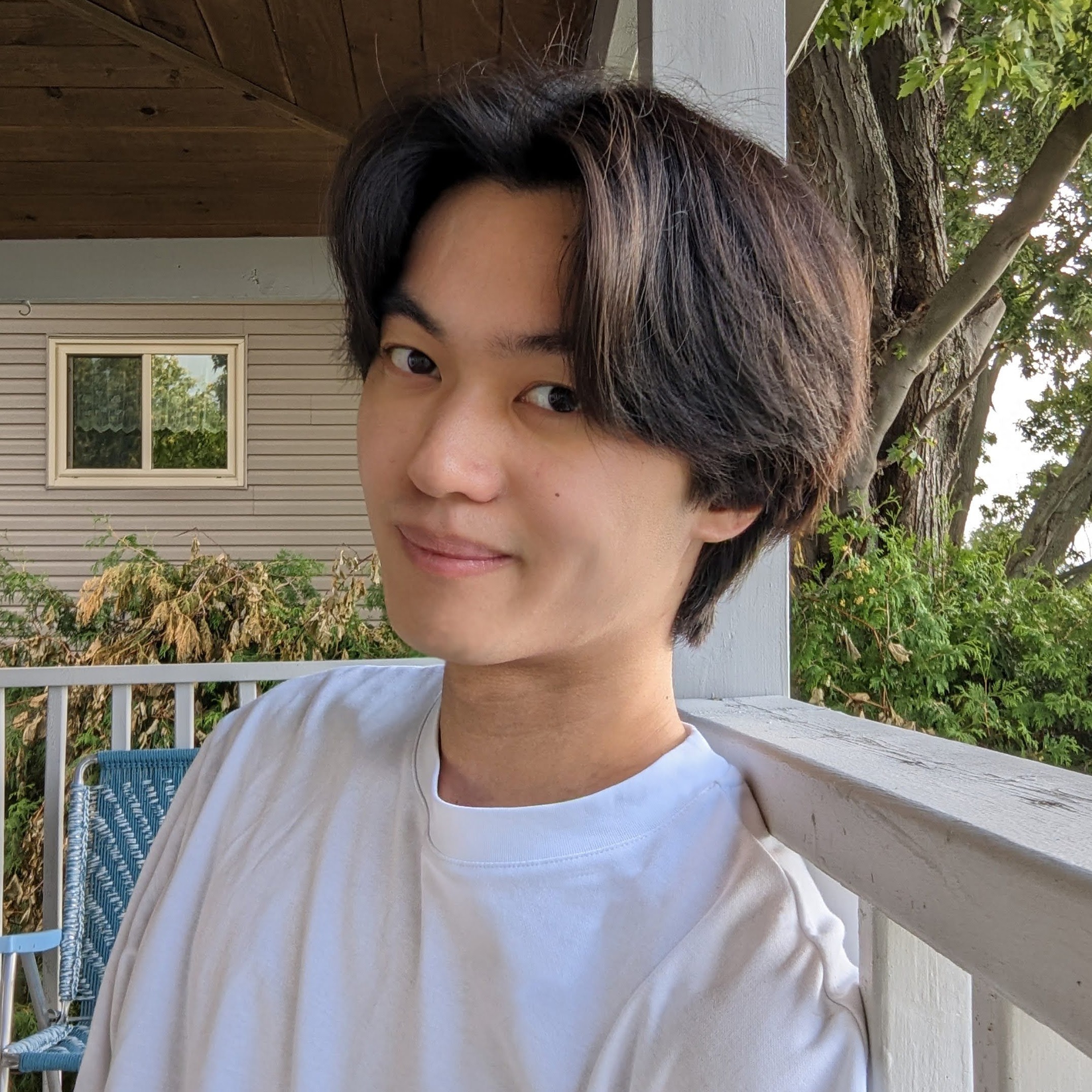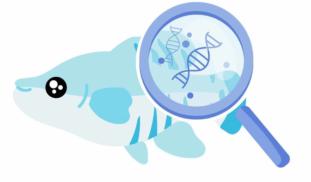Please wait...
About This Project
Cultivated seafood research lags behind in large part due to limited data, especially on a single-cell level. Our project aims to fill this gap by generating transcriptomic & epigenomic data using the KFE-5 (killifish) cell line. We'll evaluate variability in long-term proliferation/differentiation potential, and use this data and subsequent bioinformatics analysis to lay the groundwork for optimizing cell line performance, serum free media development, and antibody development.
More Lab Notes From This Project

Browse Other Projects on Experiment
Related Projects
Engineering carbonation catalysts for scalable carbon removal within our built environment
Concrete, produced at 40 gigatons annually, can naturally soak up CO2 to form a scalable, durable and verifiable...
Designing ultrastable carbonic anhydrase with deep generative models and high-throughput assays
To minimize the impact of CO2 emissions on life on earth, we need technologies for carbon capture exceeding...
How accurate is lyrebird vocal mimicry?
Lyrebirds are some of the world’s best vocal mimics and can accurately copy dozens of species in their Australian...


